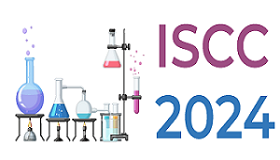Characterization of catalysts and of catalytic reactions
Characterization of catalysts and catalytic reactions plays a crucial role in the understanding and optimization of various chemical processes. Firstly, the characterization of catalysts involves identifying their physical and chemical properties, such as surface area, pore size distribution, acidity/basicity, and metal dispersion. Techniques like nitrogen adsorption/desorption isotherms, X-ray diffraction (XRD), transmission electron microscopy (TEM), and temperature-programmed desorption (TPD) provide valuable information about these properties. Furthermore, characterizing catalytic reactions involves studying reaction kinetics, selectivity, and stability to gain insight into their mechanisms and determine optimal operating conditions for efficient conversion of reactants into desired products. In-situ techniques like infrared spectroscopy (IR), X-ray photoelectron spectroscopy (XPS), and mass spectrometry (MS) enable real-time monitoring of active species intermediates formed during the reaction process and can elucidate important mechanistic details. Overall, comprehensive characterization of catalysts aids in developing more selective catalysts with enhanced activity for sustainable industrial applications.
Keywords
· Multi-component catalysts
· In situ, operando
· Active sites
· Mechanisms
· Porous structure
· Structure - activity relationship
· Innovative spectroscopies and imaging
· New analytical tools
· Machine learning
· Dynamic and Multimodal methods
